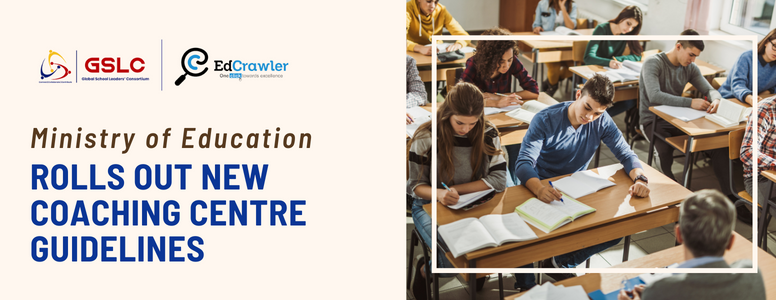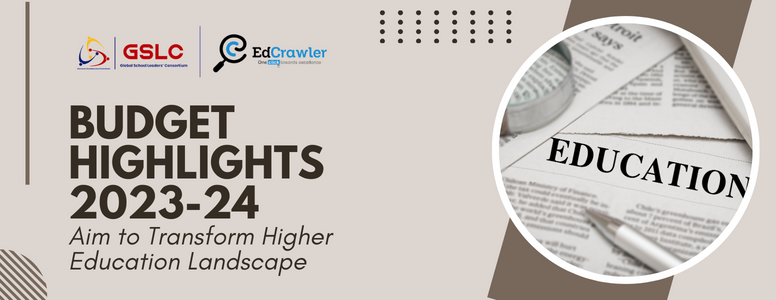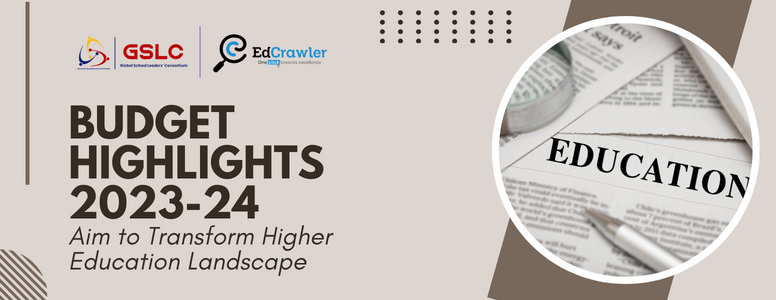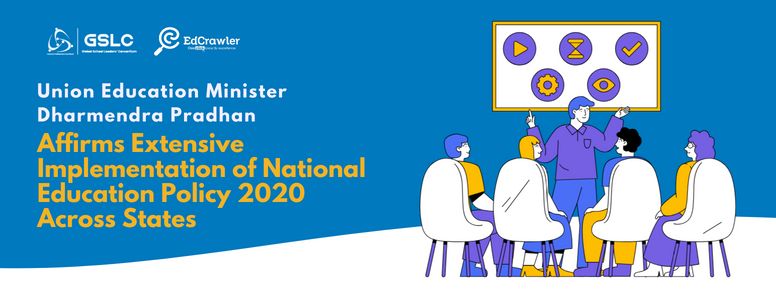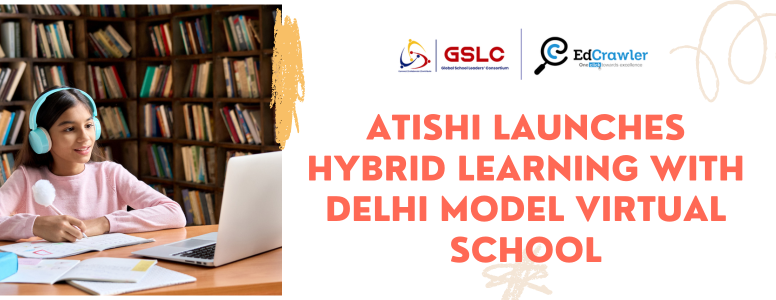Effective Leadership Now Demands Simultaneous Learning for School Leaders

In the past, there was a belief that once you acquired a skill, that was the end of it – mission accomplished. Whether it was historical facts, algebraic formulas, or the periodic table for students, or the skill set for school leaders (referred to as School Leader 101), the approach was to learn first and then apply. This understanding could be summed up as "Learning then Leading," with the idea that learning and leading were separate and sequential activities.
However, the perspective has shifted. Nowadays, both learning and leading are considered crucial in school leadership. They are no longer strictly sequential, and leaders may find themselves revisiting or enhancing their skills when faced with new content or technologies. This shift, often seen when dealing with changes imposed from the outside, can be described as "Leading and Learning."
The current trend, driven by the rapid pace of change, suggests that school leaders must engage in both learning and leading simultaneously. Effective leadership now demands continuous learning because there are always new ways of doing things and evolving skill sets and knowledge to adapt to. Merely relying on past knowledge or skills from a few years ago is no longer sufficient, given the dynamic context in which leaders operate. This approach can be termed "Leading as Learning."
The question arises: should we view learning and leading as separate activities? The idea is challenged, suggesting that leading should inherently involve learning – learning to improve, adapt, and make decisions. Just as educators want students to be lifelong learners, leaders should expect the same for themselves. Being proficient at something means continuously learning and adjusting, especially in a world that is constantly changing at an ever-increasing rate.
In essence, "Leading is Learning." It's an ongoing process where skills are not mastered but continually developed, enhanced, and refined over time. To be the best leaders, educators, and individuals, it is essential to embrace the need for constant and consistent learning. Contexts change rapidly, and long-term strategies may need frequent adjustments, evolving from confirmed destinations to mere intentions.
Acknowledging the rapid changes in our world and the intrinsic connection between learning and our actions, leaders are now seen as full-time learners. This involves self-reflection, questioning, vulnerability, discomfort, and challenging the status quo. Rather than feeling overwhelmed by this added responsibility, it's viewed as an opportunity – an opportunity to model and share the expectation of continuous learning with everyone in our schools. As leaders in the learning business, the role becomes that of the Lead Learner, presenting an exciting opportunity.



